Description
Maida, commonly known as refined flour, has been a cornerstone of Indian cuisine for generations. Whether you’re baking, frying, or cooking, this versatile flour is essential in a wide range of dishes. From soft and fluffy breads to crispy snacks, this fine, white flour is a go-to for home cooks and professional chefs alike.
What is Maida?
This finely milled, refined flour made from wheat is unique in its texture and versatility. It is the flour of choice for making various foods, including bread, cakes, cookies, and traditional Indian dishes like naan, samosas, and parathas. While it is similar to all-purpose flour, maida has a finer texture and is often bleached, giving it a bright white color.
Organic Maida: A Healthier Alternative
For those who are health-conscious, organic maida offers a more natural option. This organic version is produced without synthetic pesticides or fertilizers, making it a healthier alternative to regular refined flour. Additionally, it is free from harmful chemicals and preservatives, ensuring that you get the purest form of flour. Organic maida shares the same versatility but provides added peace of mind for those who prioritize organic and natural ingredients in their cooking.
Uses of Maida in Cooking
The uses of this refined flour in cooking are virtually endless. In baking, it is the preferred flour for cakes, pastries, and cookies due to its fine texture, which creates a tender crumb. It is also essential in making bread, where it contributes to the light and airy texture of loaves. Additionally, this flour is commonly used to make pizza dough, offering the perfect balance between elasticity and firmness.
In Indian cuisine, refined flour is indispensable. It is the key ingredient in various types of bread such as naan, roti, and paratha. Maida is also used in making samosas, pooris, and other fried snacks that are loved across the country. Its versatility extends to the preparation of sauces and gravies, where it acts as a thickening agent.
Health Considerations: Maida vs. Other Flours
When considering health, it’s important to compare this flour with others. Maida is often criticized for being less nutritious than whole wheat flour due to the refining process, which removes the bran and germ. However, it is low in fat and contains a moderate amount of protein. Additionally, it is a good source of carbohydrates, making it an energy-rich food.
For those who are gluten-sensitive, there are gluten-free alternatives to maida, such as rice flour or almond flour. However, its unique properties make it difficult to replace in certain recipes, particularly in baking and traditional Indian cooking.
Benefits
While maida has been scrutinized for its nutritional content, it does have several benefits:
- Versatility: Maida can be used in a wide range of recipes, from baked goods to fried snacks. Its fine texture and neutral flavor make it a universal ingredient in many kitchens.
- Texture: This flour contributes to the soft, tender texture of breads, cakes, and pastries. Its fine consistency makes it ideal for recipes that require a delicate crumb.
- Binding Agent: Maida is often used as a binding agent in recipes. For instance, in making dough for bread or pastries, it helps create the desired elasticity and strength.
- Thickening Agent: In sauces and gravies, this refined flour serves as an effective thickening agent, providing the desired consistency without altering the flavor.
- Availability: Maida is widely available and affordable, making it accessible to home cooks and professionals alike.
Organic Maida: An Investment in Health
Choosing organic maida over regular refined flour can be seen as an investment in your health. Organic maida is free from chemical residues, offering a cleaner, more natural product. While organic refined flour may be slightly more expensive than regular refined flour, the benefits of consuming fewer chemicals and supporting sustainable farming practices are well worth the cost.
Cooking Tips with Maida
When working with this refined flour, there are a few tips that can help you achieve the best results:
- Sift the Flour: Always sift this flour before using it in recipes. Sifting helps remove any lumps and aerates the flour, resulting in a lighter texture.
- Measure Accurately: Use a kitchen scale to measure this flour accurately, especially in baking. Too much or too little flour can affect the outcome of your dish.
- Combine with Other Flours: For a healthier option, consider mixing this refined flour with whole wheat flour or other flours. This can improve the nutritional profile of your dish while still maintaining the desired texture.
- Rest the Dough: When making bread or pastries, allow the dough to rest. This helps the gluten relax, making the dough easier to work with and resulting in a better texture.
Maida remains an essential ingredient in kitchens across India and beyond. Whether you choose regular or organic maida, this versatile flour is indispensable for a wide range of culinary applications. Its ability to create tender breads, delicate pastries, and crisp snacks ensures that it will continue to be a staple in our kitchens for years to come.
By choosing organic maida, you can enjoy the same versatility with the added benefits of consuming a product that is free from harmful chemicals and produced using sustainable farming practices. Whether you’re making a simple roti or an elaborate cake, maida is the flour that delivers consistent results every time.
Incorporate this flour into your cooking and discover the endless possibilities that this humble flour offers. From everyday meals to special occasions, this refined flour is the key to creating delicious and memorable dishes that everyone will enjoy.


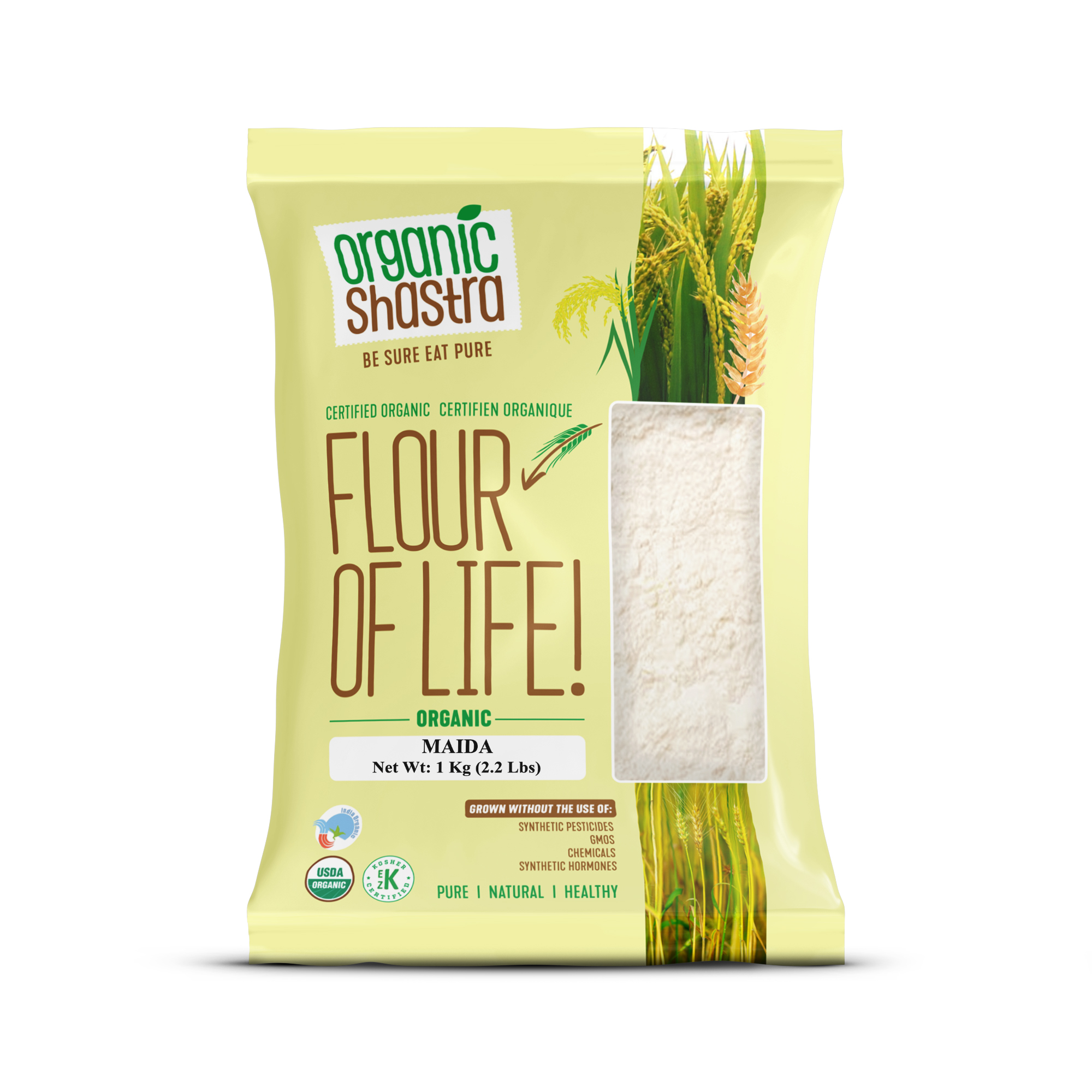
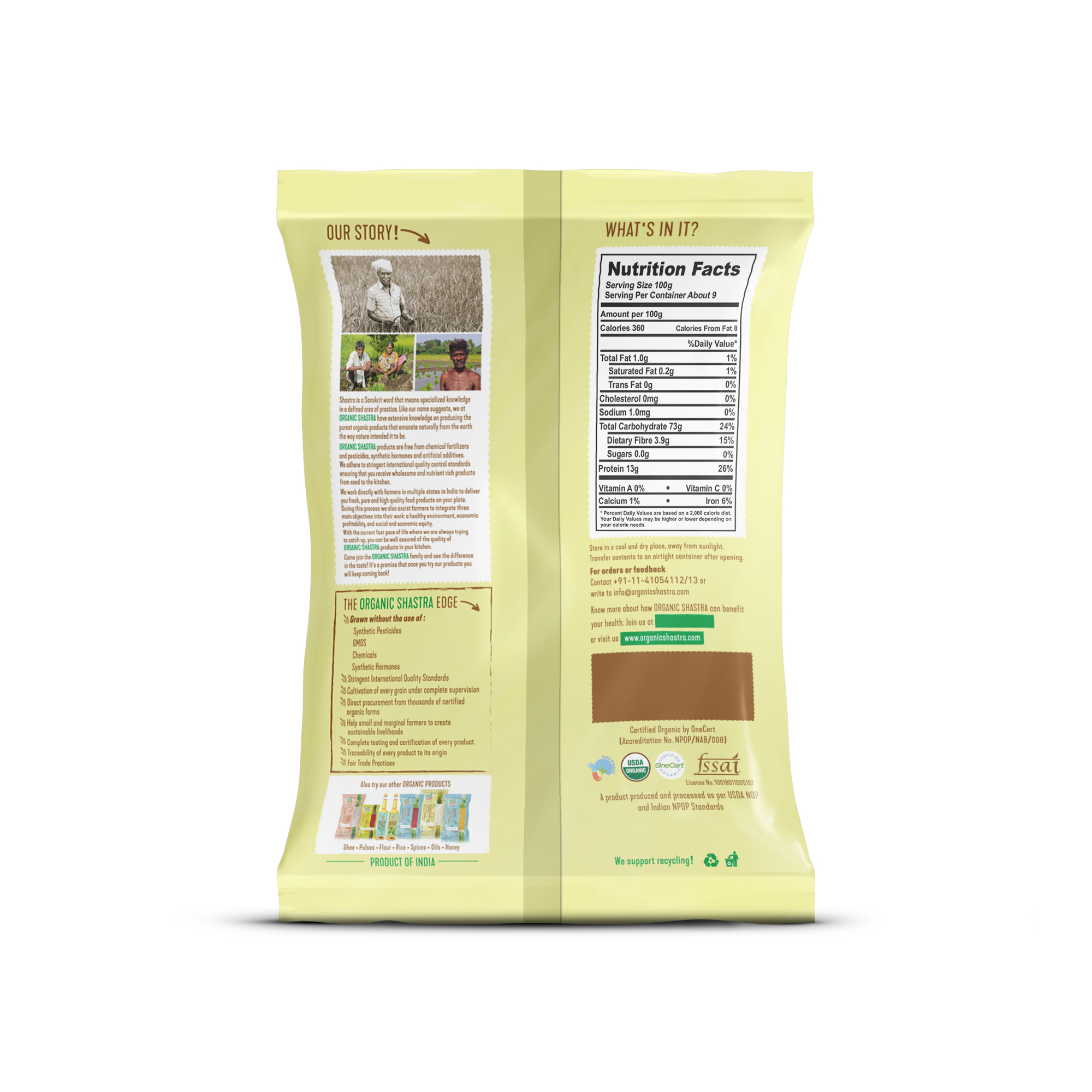
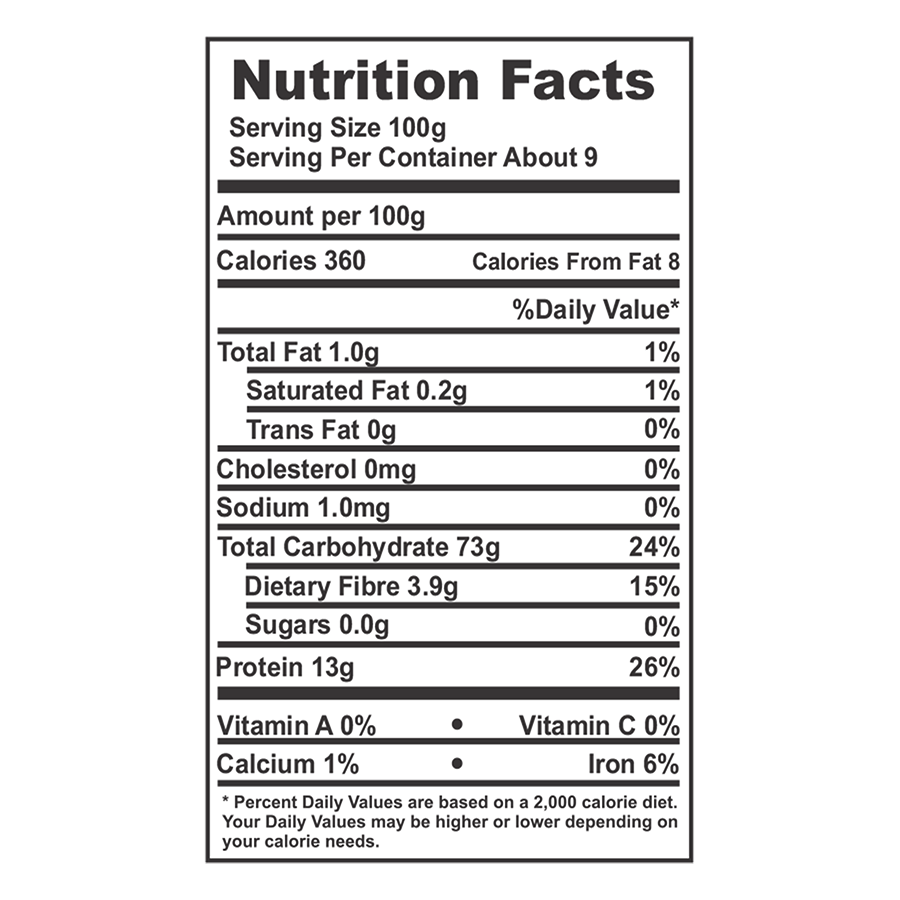
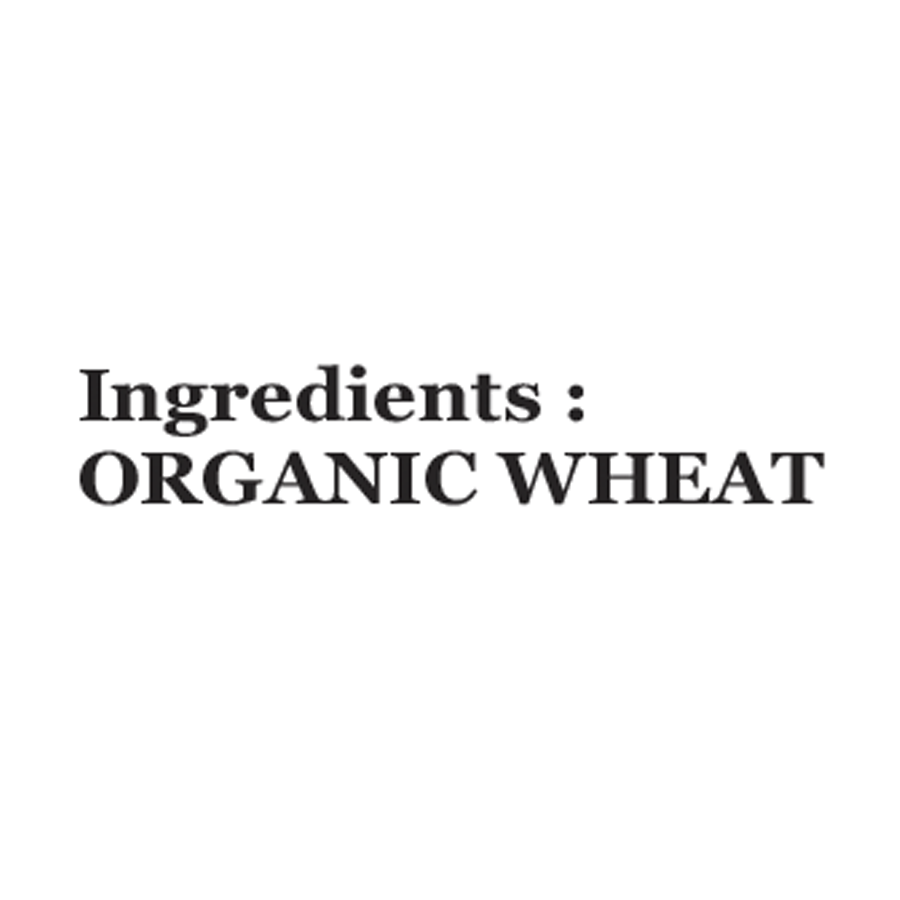
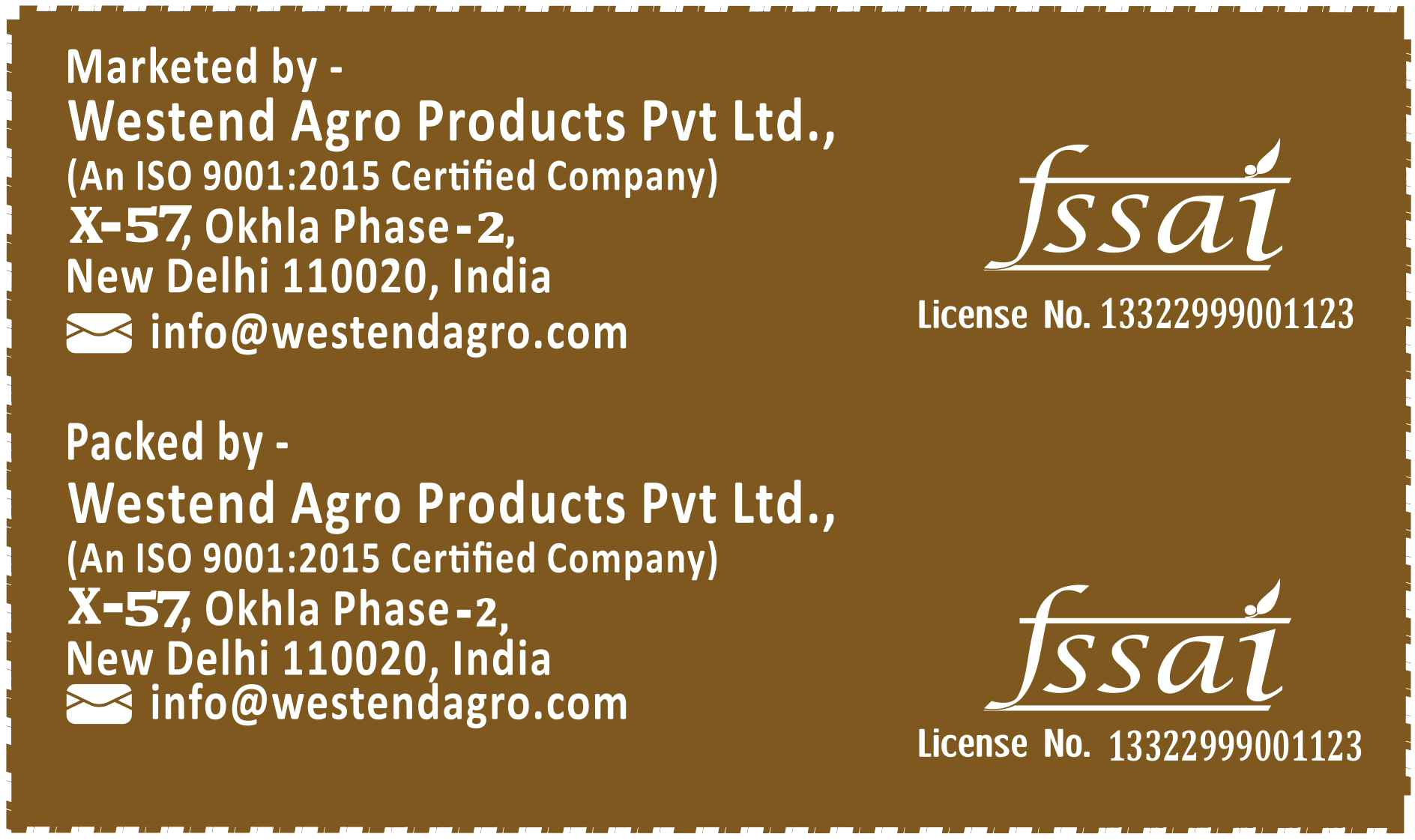

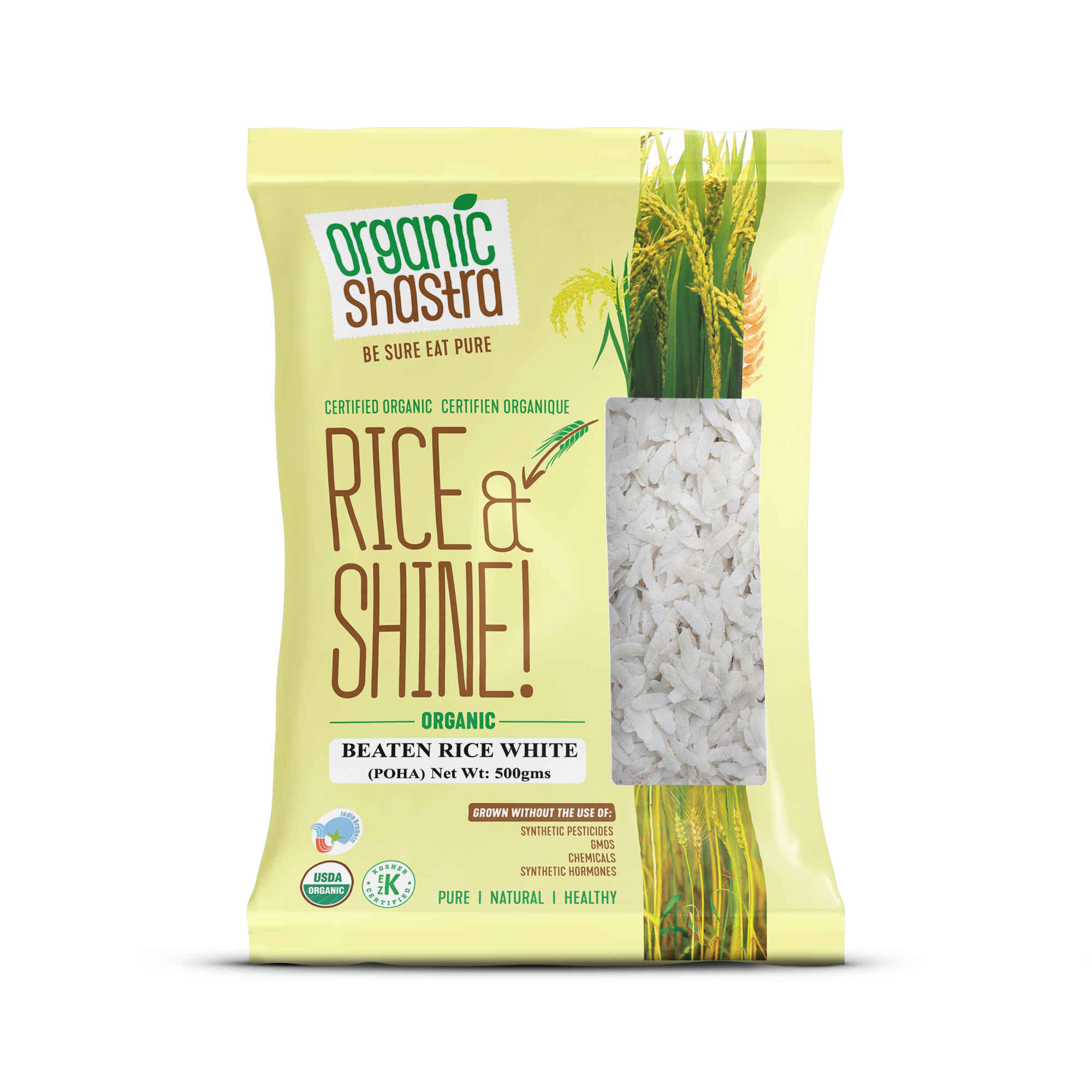
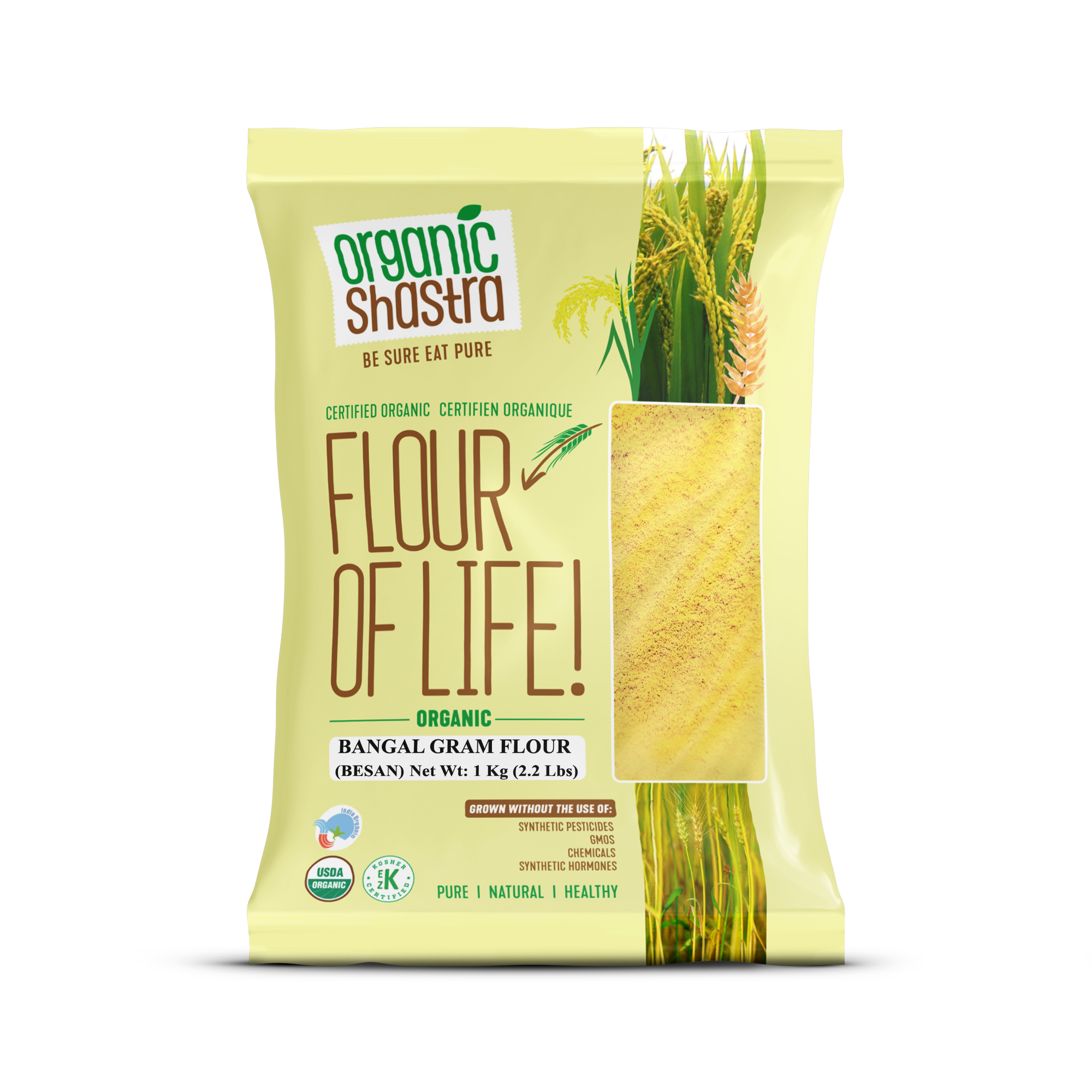
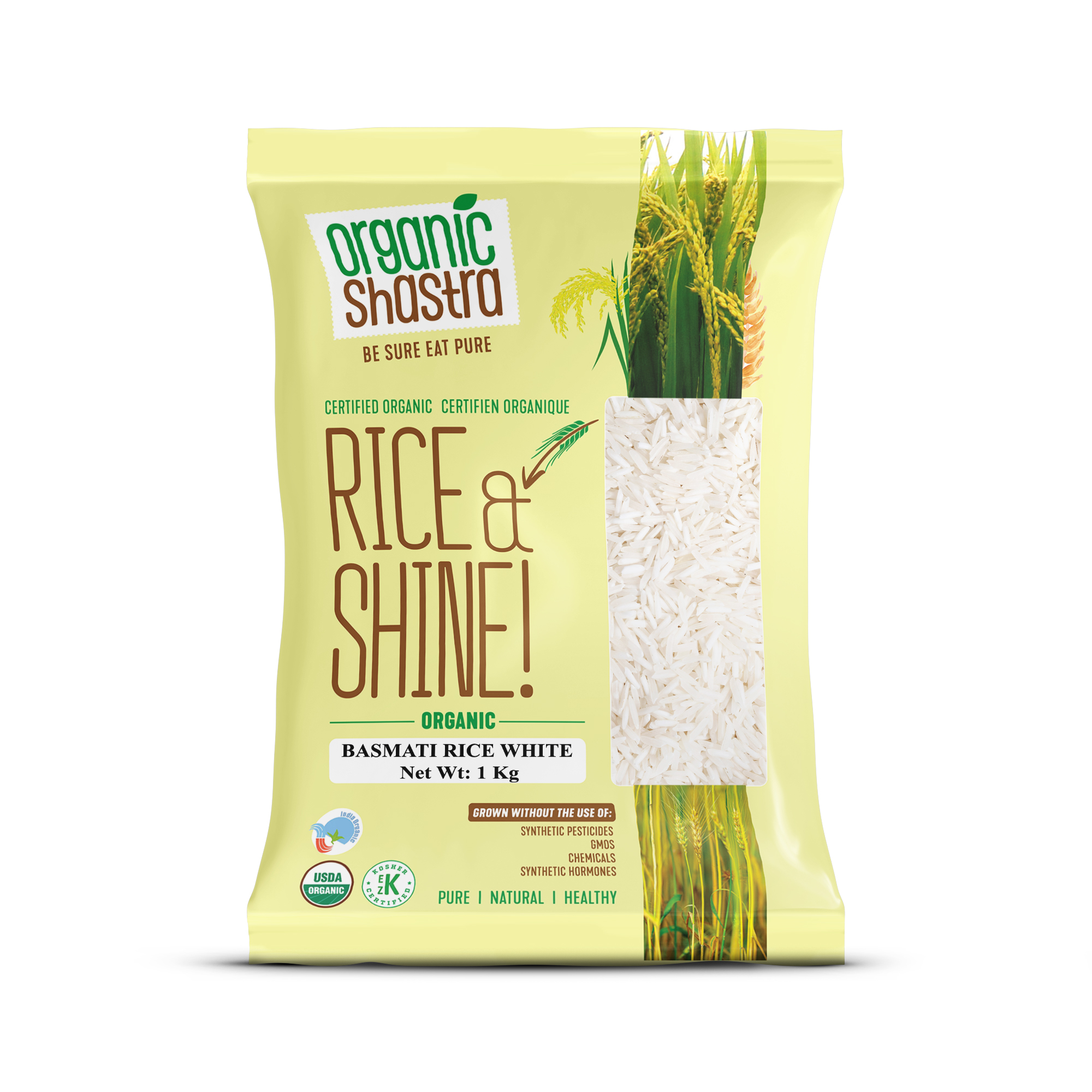

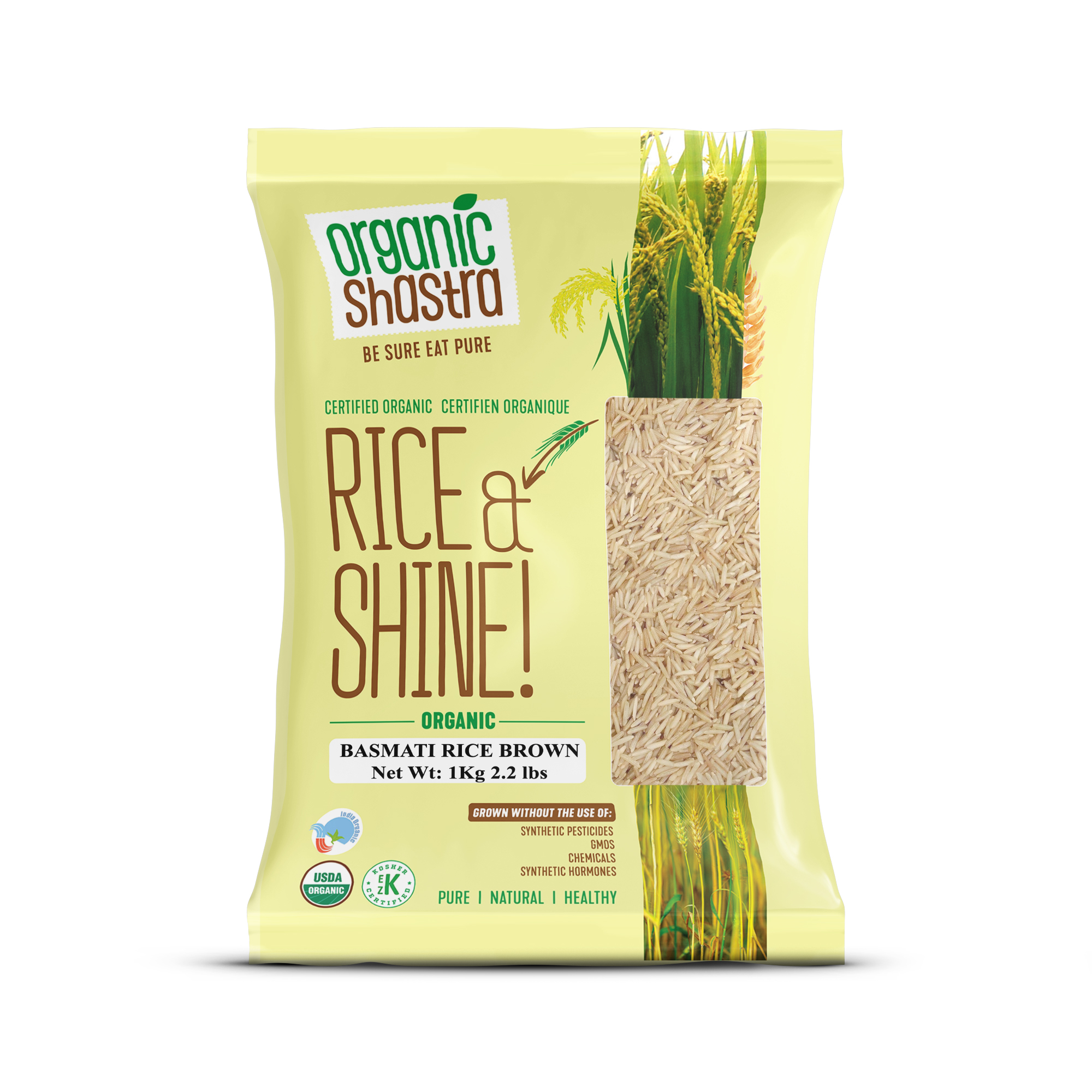
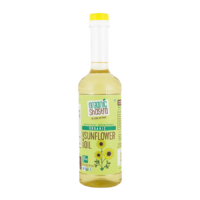
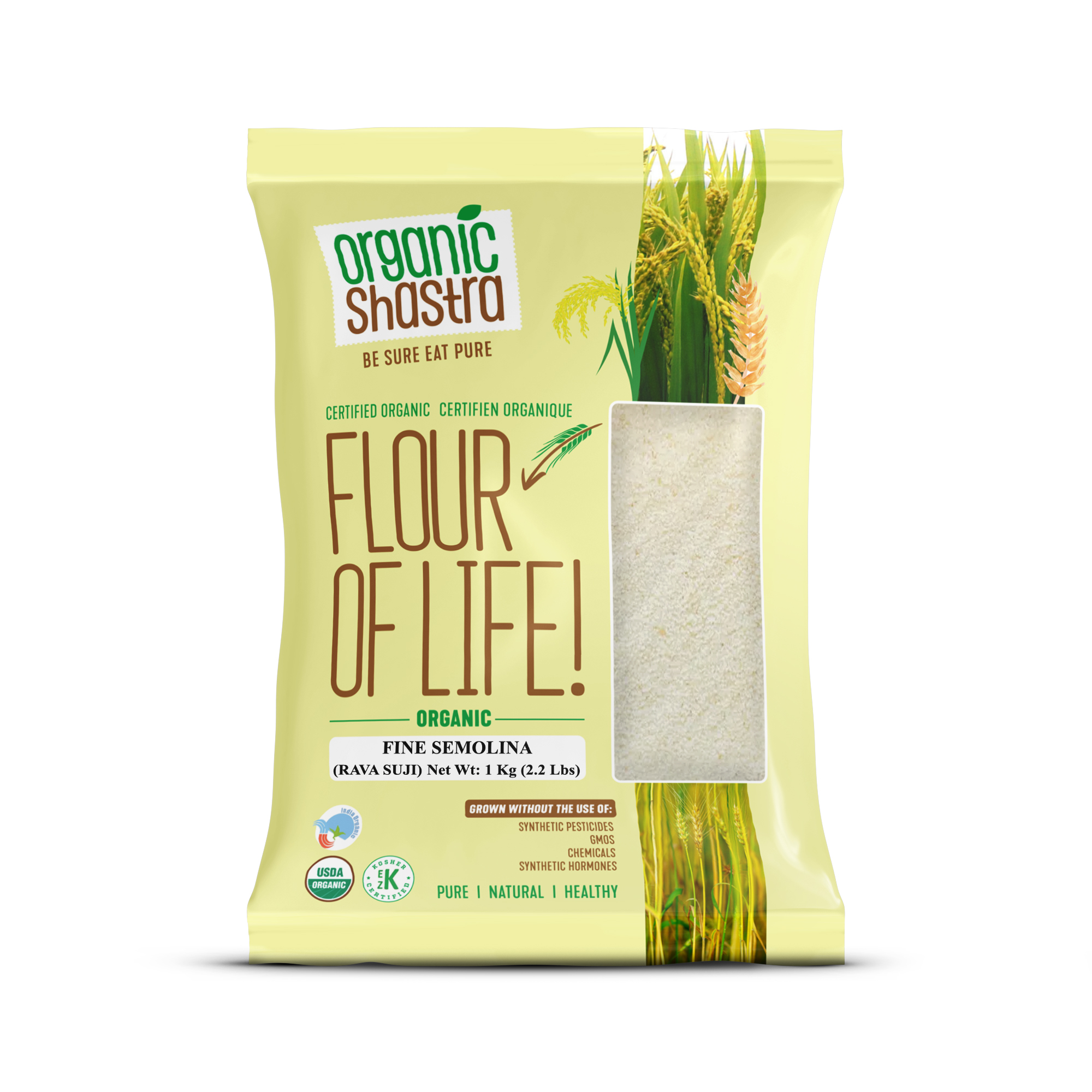
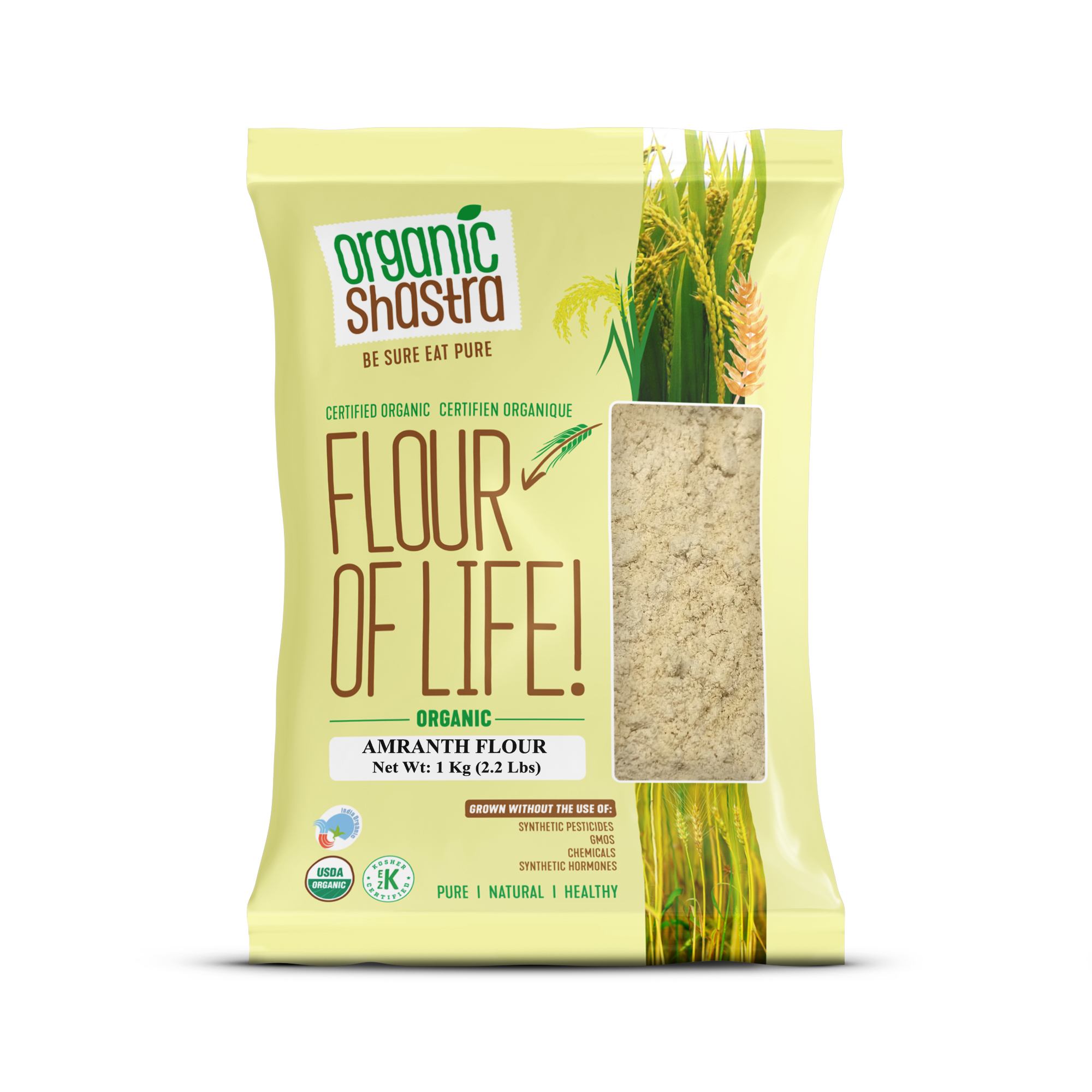

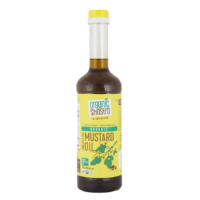
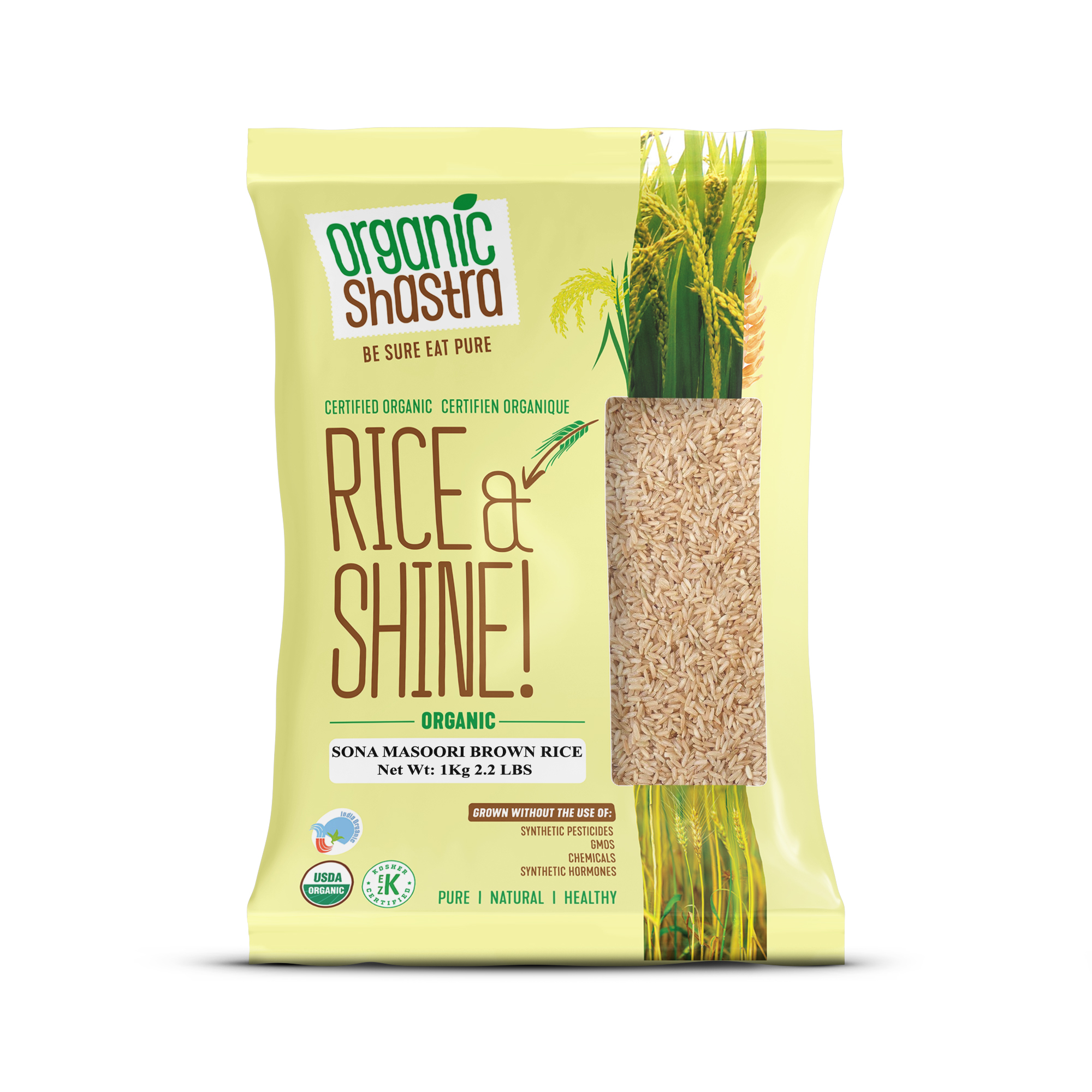

Reviews
There are no reviews yet.